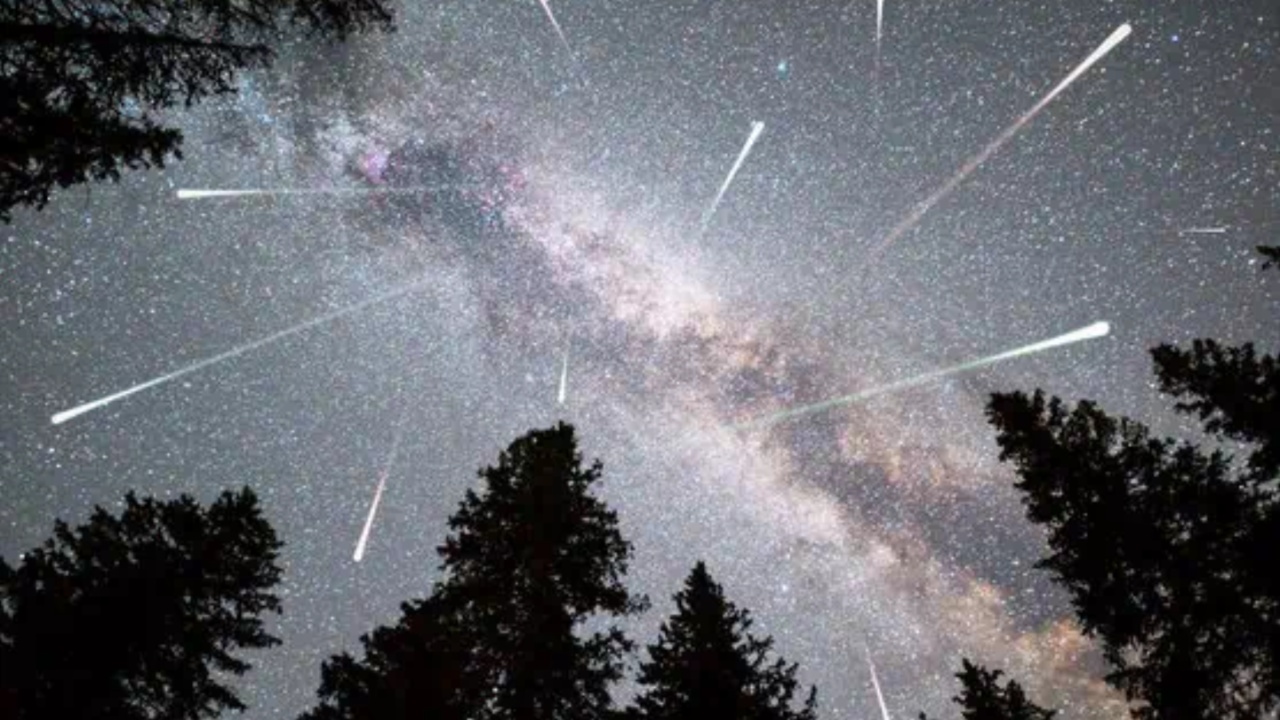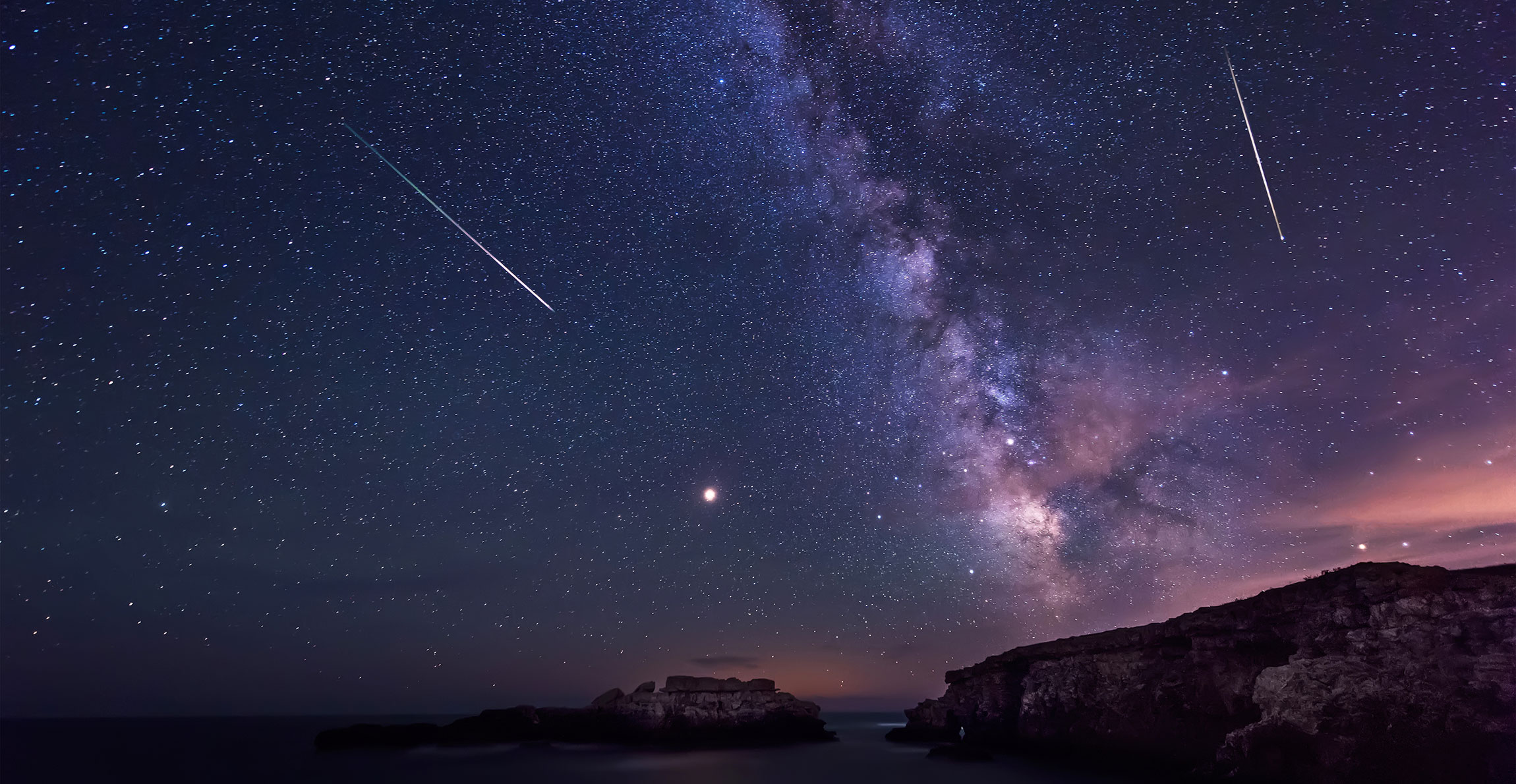Every spring, Earth passes through a centuries-old stream of cosmic dust, sparking the annual Lyrid meteor shower. Known for being one of the oldest recorded showers, the Lyrids light up the sky with shooting stars as winter fades. In 2025, the peak viewing night falls between April 21 and April 22, offering skywatchers a chance to witness this celestial event in all its quiet beauty.
Ancient Meteor Shower Originating from Comet Thatcher Visible Across the Northern Hemisphere
The Lyrids have been observed for over 2,600 years, with Chinese astronomers first documenting them in 687 B.C.E. The meteors are remnants of Comet C/1861 G1 (Thatcher), which leaves behind a trail of dust that Earth crosses each April. These tiny particles, moving at nearly 30 miles per second, burn up in Earth’s atmosphere, creating the bright streaks known as shooting stars.

Northern Hemisphere observers are best positioned to see the Lyrids, with the radiant point near the constellation Lyra. However, you don’t need to know exactly where Lyra is — meteors can appear anywhere in the sky. A wide, dark, unobstructed view away from city lights gives the best chance of seeing multiple meteors per hour.
No Equipment Needed—Just Darkness, Patience, and a Clear View of the Sky
No special gear is needed to enjoy the Lyrids — just your eyes, a comfortable spot, and patience. Let your eyes adjust to the dark, stay warm, and give yourself at least an hour for viewing. Avoid bright lights, and check the weather in advance, as clouds can obscure the entire display. The darker your environment, the better your chances of spotting the meteors.
The Lyrids will be active from April 17 to April 26, 2025, with peak activity on the night of April 21 into the early hours of April 22. Under ideal skies, you might see up to 15 meteors per hour. While typically modest, the Lyrids have occasionally surprised viewers with meteor outbursts in the past, making each year’s show worth watching. Whether or not 2025 brings a surprise, the Lyrids are a powerful reminder of Earth’s place in the universe.


